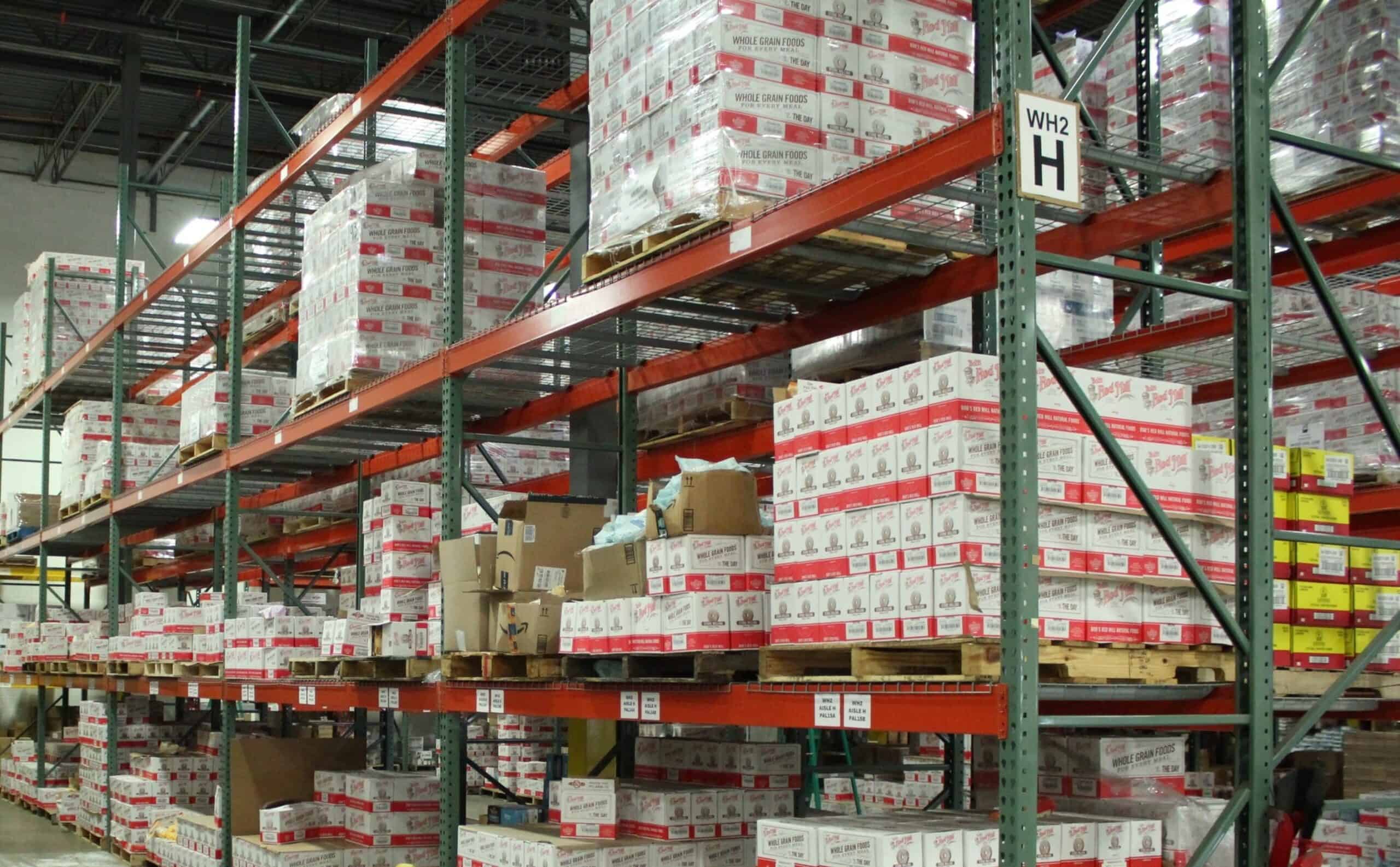Maybe your product is on a best holiday gifts list, and suddenly it’s out of stock in November. Or maybe you’ve been waiting on the hot new toy your child must have for Christmas, and it’s not looking good. For both businesses and consumers, backorders are an inconvenience. For businesses, it can seriously harm your bottom line over time.
The good news is, there are ways to prevent backorders or at least reduce their frequency. Here’s what you need to know about backorders to retain market share and happy customers.
What Is a Backorder?
A backorder happens when you’re experiencing poor supply chain management or stock issues. Whenever an item is out of stock, companies use backorders as a way to retain business. You’ll sell the item with a guarantee to ship when it is in stock. The concept of backorders is simple: The sale is complete, but product delivery is delayed to a specified date.
While many customers will purchase the product from a competitor, if they cannot get it from a competitor or it is an exclusive product, they may be content to wait for the item when it comes back in stock.
If the wait time is short, this is not usually an issue, but if the backorder wait time is weeks or even months, you stand to lose business. Even worse for customer satisfaction, if you have to cancel the backorder because of stockout you’ll likely be left with angry or frustrated customers.
Main Reasons Backorders Occur
Backorders can happen for a variety of reasons, stemming from either push or pull economics. The issues can stem from supply (supply chain or sourcing issues) or demand (your product is featured on Oprah).
Whatever the reason, the key is to anticipate delays and get ahead of the problem. Here are the most common reasons for backorders.
Manufacturer or Supply Chain Problems
Backorders can occur because of manufacturing issues, inability to get materials needed, supply chain problems, change of suppliers or other issues in the supply chain. You can also be faced with extended holidays that aren’t celebrated in the U.S. — like Chinese New Year — that may shut down a certain supplier for up to a month.
While all manufacturing and supply chain problems are frustrating, you should be able to get ahead of many of them just by communicating regularly with all suppliers and key partners throughout the supply chain. If you see a problem coming and work out a solution, it can mitigate some of these issues while building trust throughout the supply chain.
Unexpected Demand
Backorders can also occur because of unusual or unexpected demand. What causes unexpected demand? A product could be featured on TV or social media, an influencer or celebrity could be seen wearing or using the product, or it may appear on some “best” list in major media outlets. This is usually great for your business but only if you can get more stock in a reasonable time.
Increased seasonal demand could be unexpected, but you should be able to plan for and predict it to some extent.
Low Levels of Safety Stock
Finally, backorders can occur because of low levels of safety stock or when the warehouse manager is not properly measuring safety stock needs. Safety stock is extra stock items used to prevent items from being out of stock. Without a reasonable level of safety stock, you can face additional backorders.
5 Ways To Help Minimize Backorders
The key to minimizing backorders is to plan, monitor seasonal and market trends and check in regularly with suppliers, retailers and warehouse managers. Here are a few key takeaways to minimize backorders.
Set Safety Stock
Setting safety stock levels is not random. You’ll need to prioritize using the proper calculations. This is not rocket science. The calculation is simple:
Safety stock = [maximum daily use x maximum lead time] – [average daily use x average lead time]
For businesses with multiple product offerings, the safety stock calculation needs to be done for every stock item to keep a reasonable safety stock in inventory.
Set Reorder Points
Like safety stock, the reorder point is a simple calculation to set reorder triggers for a stock-keeping unit (SKU) that is low in stock. Proactively replenishing inventory can help prevent backorders of any individual product.
To calculate the reorder point (ROP), add demand during the lead time to safety stock.
Reorder point (ROP) = Demand during lead time + safety stock.
This gives you the minimum quantity of any SKU that you should have on hand before needing to order more.
Use Multiple Suppliers
Using multiple suppliers can prevent backorders resulting from supplier inventory issues. If one manufacturer has issues you have backups ready. Diversifying your business with multiple suppliers prevents a significant portion of supply chain issues. It’s better for business and for your customers.
Regularly Check Inventory Levels
Don’t rely only on the computer or employee reports. To minimize backorders, it is worth regularly doing walkthroughs of your warehouse and checking inventory levels. Popular items can sell out quickly, there can be sudden supply chain issues after a low inventory is placed, or you may get another curveball. Keeping an eye on inventory helps prepare for the unexpected.
Set Warehouse Management Standards
It’s essential to have the proper warehouse management standards set and procedures in place to avoid human error and create a smooth warehouse management process.
From inventory tracking to reporting, clear systems for warehouse management can mitigate problems resulting from human error or miscalculations.
The five key components of warehouse management include:
- Inventory tracking
- Picking and packing
- Receiving and storing
- Shipping
- Reporting
Backorder vs. Stockout
Both backorders and stockouts can impact customers and a business’s bottom line. In the case of a backorder, a product is temporarily out of stock but will be delivered to the customer when it becomes available. In the case of a stockout, the product will not be available again, or at least there is no projected date when it will be available again.
Final Thoughts on Backorders
Backorders are something best avoided, but nearly every e-commerce business will face product backorders sooner or later. If you’re facing significant supply chain issues, going through the five points above and tightening operations can mitigate harm. If you’re experiencing unexpected demand the same five points can help you get on top of current demand and deliver better customer service.
Taken together, preventing backorder is a sign of a well-oiled management machine where all parts work together to deliver value when it’s needed.
FAQ
Backorders can be prevented with safety stock, reorder points, multiple suppliers, regular inventory checks and clear warehouse management procedures. It may not happen overnight, but implementing these strategies can reduce backorders long term.
Backorder time depends on the company and the product. It may be a few days, or it may take months. The average backorder time is 14 days.
Usually backordered items do arrive. However, in case of permanent low supply or other supply chain issues, companies may be forced to cancel a backordered item and refund the customer.



